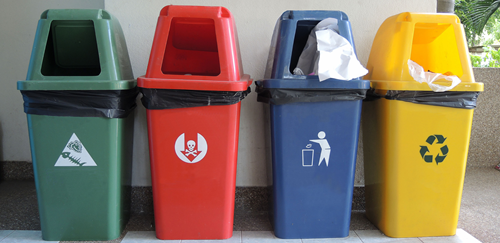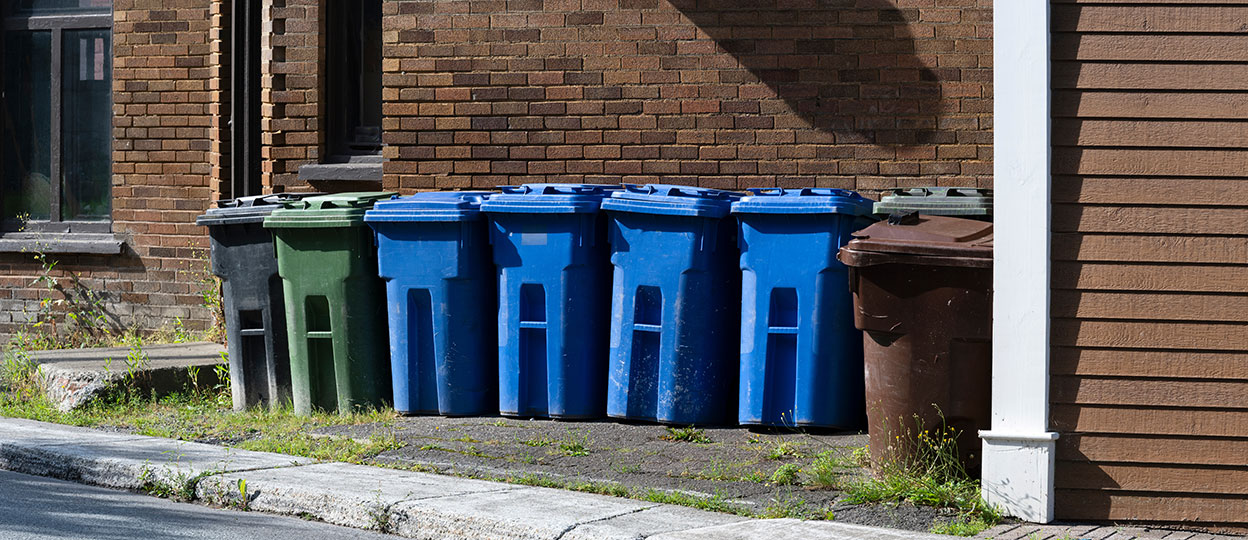Government committed to publicly consult on introducing two new extended producer responsibility (EPR) regimes by the end of 2022 - could bulky waste be one of them?
Bulky waste was outlined in the Resources and Waste Strategy as one of five problem areas to be explored, alongside fishing equipment, textiles, tyres and construction waste.
The term bulky waste has emerged from the Controlled Waste Regulations 1992, which cites the types of household waste where a direct charge to the occupier is permissible (all other collections must be free at point of collection to citizens). While these chargeable activities range from garden waste collection to the disposal of deceased pets, the definition which specifically relates to bulky waste is contained in Schedule 2:
“Any article of waste which exceeds 25 kilograms in weight. Any article of waste which does not fit, or cannot be fitted into—
(a) a receptacle for household waste provided in accordance with section 46 (of the Environmental Protection Act 1990); or
(b) where no such receptacle is provided, a cylindrical container 750 millimetres in diameter and 1 metre in length.”
Ostensibly, bulky waste such as unwanted furniture might not seem as large a problem when thrown away as, for instance, waste electricals. However, there has been a growing recognition that the chemicals used in seemingly innocuous items have human and environmental health implications.
For instance, in 2019 the Environmental Audit Committee released a report detailing ‘Toxic Chemicals in Everyday Life’, highlighting the importance that these items are diverted away from landfill. In fact it recommends that Government “should introduce an EPR to enable the furniture industry to invest in technology to ensure the safe disposal of hazardous wastes containing harmful chemicals such as brominated flame retardants”.
A broad sweep of categories
Due to the unknown material nature of a given bulky waste item, thorough research surrounding scoping and liability will perhaps need to be even more considered than the other four waste categories listed for review.
The proliferation of items such as sofas and household white goods will need clear investigation into their current end of life treatment, the market data and in-use profile. Presumably, this will lead to a broad sweep of categories, as granular detail could over-complexify administration across the potentially numerous waste classification types.






